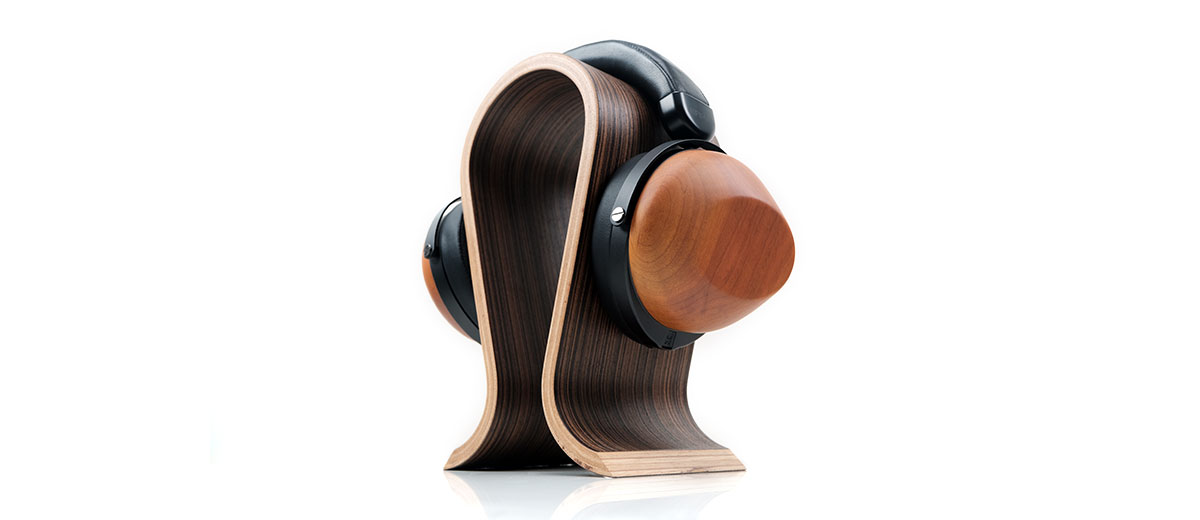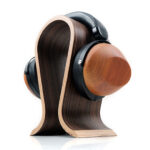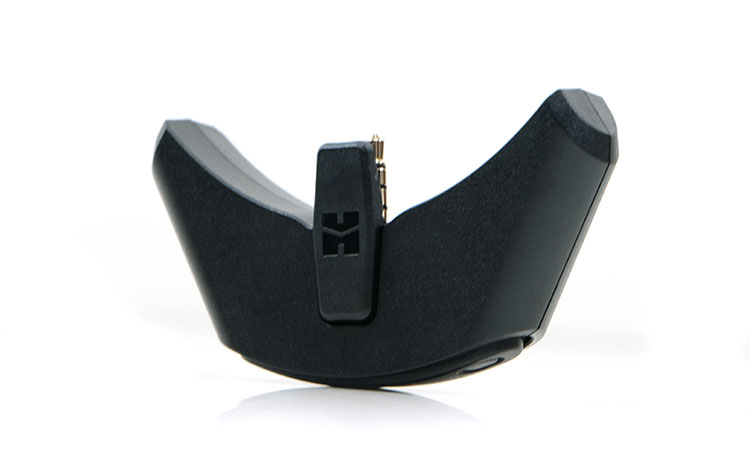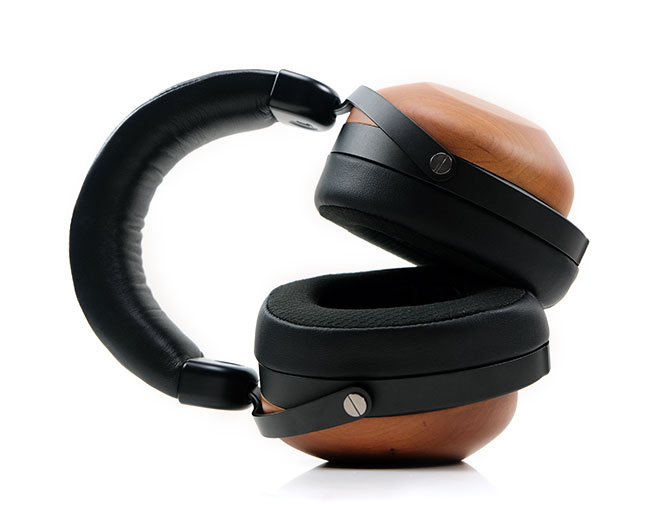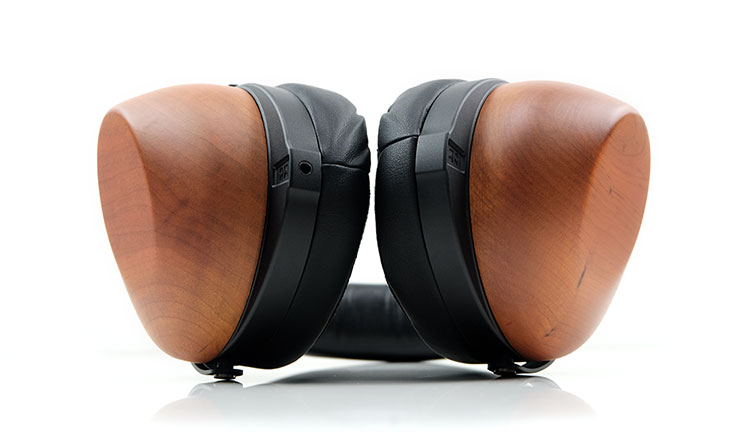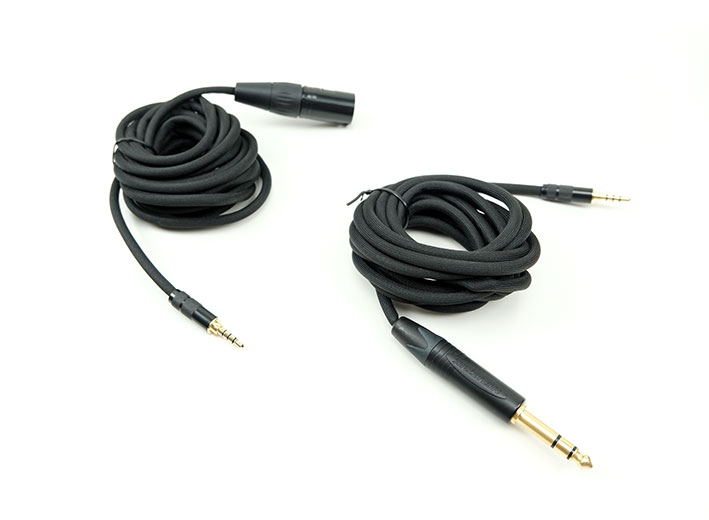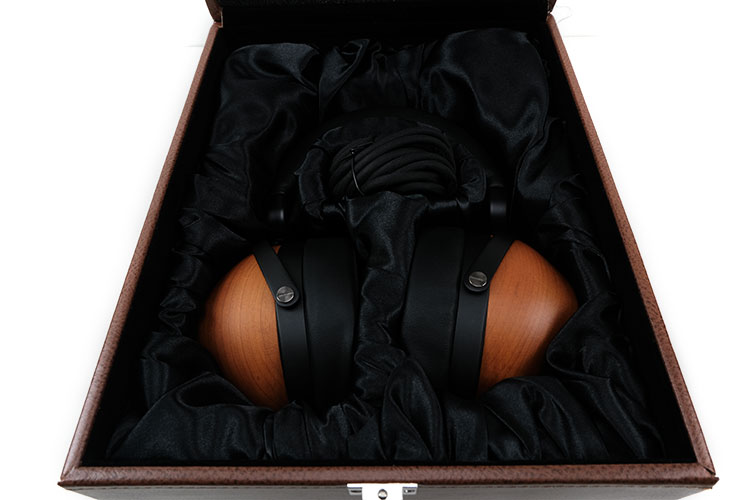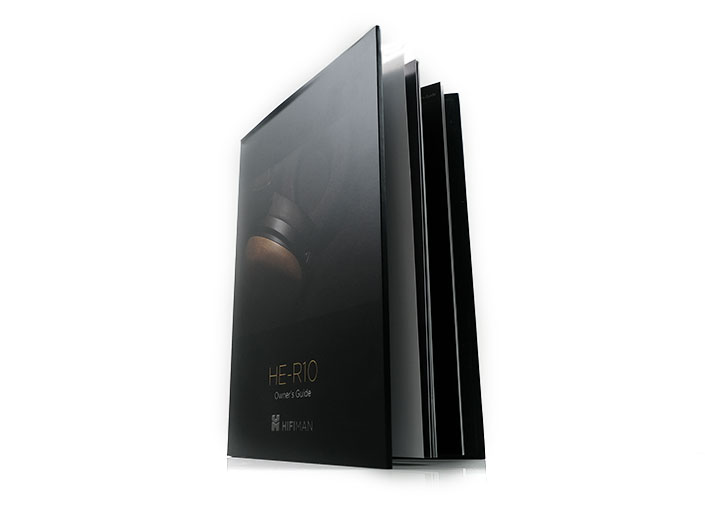The HIFIMAN HE-R10P is the company’s flagship closed-back planar magnetic headphone featuring a nanotechnology diaphragm. It is priced at $5499.
Disclaimer: The HIFIMAN HE-R10P or Planar Edition was sent to us as a sample in exchange for our honest opinion in this review. We thank the team at Hifiman for giving us this opportunity.
To read more about the Hifiman products we reviewed on Headfonics click here.
Note, this review follows our new scoring guidelines for 2021 which you can read up on here.
Product Roadmap
The market is just heaving with quality open-back planar magnetic headphones from Hifiman, Audeze, Dan Clark et al. Surprisingly, closed-back versions are few and far between with a couple from Audeze and Dan Clark, and none of them their current flagships.
The Ether C Flow was for a short while, and the LCD-XC from Audeze came close but aside from that the ‘live’ or latest picks are now mid-positioned in their line-ups with the AEON 2 and the LCD-2 Closed. Oppo has gone the way of the dodo with the PM-3 and Smeggy’s Thunderpants was never more than a glorious DIY joyride.
The launch of the HE-R10P is actually Hifiman’s debut closed-back planar headphones. More than that, it takes a position just behind the Susvara flagship in terms of product positioning and price at $5499.
The HE-R10 dynamic version was launched at the same time but it is far cheaper at $1299 making the planar version the top dog for closed headphones in the Hifiman line-up as well as the top dog for closed-back planar headphones.
And yes, the design has taken a ton of ‘inspiration’ from the classic R10 from Sony right down to the spin on the name, no denying that. Curiously, I never got to hear either version, bass-light, and bass-heavy, so I cannot give you a direct comparison, sadly. If you want to send one to me to compare then drop us an email.

Tech Highlights
The HE-R10P is a closed-back circumaural planar magnetic headphone. Apparently, Hifiman has been exploring how to make a decent closed-back planar for years but it wasn’t until a couple of years ago that this concept came to fruition. More so in terms of design potential with the patents to the original R10 having expired a few years previously.
Driver
Internally, the HE-R10P uses a planar driver incorporating a dual-sided magnet design and Hifiman’s nanotechnology for the diaphragm. Now, whilst not the same driver as the Susvara I have been told there are some shared commonalities.
The first is the nanometer level of thickness of the HE-R10P diaphragm which first showed up on the HE1000 back in late 2015 and since has had subsequent revisions to an even thinner level called NSD or NEO ‘supernano’ Design.
Not only is the material light and low in mass, but apparently tight, really durable, and designed to produce a very high-quality fast sounding dynamic response compared to regular planar diaphragms. In truth, the Susvara is incredibly fast, almost electrostatic articulate, and one of the best I have ever heard for resolution.
Stealth Magnets
The second tech highlight both the Susvara and the HE-R10P have in common is that they use double-sided ‘stealth’ magnet designs around the driver.
These magnets are not asymmetrical in alignment. Rather, they have a different physical shape and composition to allow sound waves to pass through from one side to another without creating any “interferences” such as wave diffraction turbulence and lowering distortion in the process.
In a way they are being touted as being almost invisible acoustically, hence the term stealth.
Bluemini Ready
And there is more. The HE-R10P also comes ready for Hifiman’s optional Bluemini which I first encountered with the Deva. This also means the HE-R10P is also quite a bit easier to drive than the Susvara. At 60Ω and 83dB compared to a more efficient 30Ω and 100dB SPL the Bluemini simply isn’t possible on the Susvara.
But what is a Bluemini? In short, this is a detachable Bluetooth module with a built-in DAC and amplifier. By using a detachable module, connected via the single-entry 3.5mm TRRS balanced input socket, the HE-R10P becomes a 3-in-1 headphone in terms of functionality.
The HE-R10P not only operates in wireless and digital audio mode via the Bluemini, but it also can be detached to allow you to work the headphones in a traditional analog mode.
Of course, it is entirely debatable whether a BT-equipped setup is going to do the HE-R10P any justice in terms of resolution and dynamic range but the flexibility does pique interest. You can read up on our findings on page 2 to find out if it is a worthy bonus.
Bluemini Topology
Because every set of headphones has two drivers, (duh!), the receiver of the Bluemini outputs via a DAC to a balanced amplifier chipset responsible for ensuring each driver is driven adequately.
This is especially applicable for the wired USB audio scenario which Hifiman has built into the Bluemini that allows you to output digital audio directly into the headphones. The rated output in mW is 230mW according to Hifiman’s real-world testing though they mention up to 1W on paper.
That signal will then be decoded by the onboard DAC and converted into an analog signal for passing onto the amp chipset. That is a nice bonus and brings PC/Macs and smartphones into direct play without a BT signal required and allows traditional decoding up to 24BIT/192k.
Decoding
Inside, the Bluemini uses a Qualcomm CSR8675 receiver which is primarily responsible also for decoding duties. It is one of only a small group of BT SoC’s that can decode up to LDAC 24BIT/96kHz levels using BT4.2 and that is exactly what you will get with the HE-R10P.
Aside from top-end decoding capability you also get the usual standards of aptX, aptX-HD, right down to AAC, and SBC where applicable.
Some devices can transmit HWA-LHDC but have to be activated via software platforms such as FiiO’s Music Player. The Bluemini works on a similar premise with its own Hifiman app that will activate the HWA-LHDC codec for use with the HE-R10P.
Design
There are several talking points regarding the form factor and aesthetics of the HE-R10P. The first is the inspiration from the R10 with some beautiful angular wood cups.
Wooden Cups
These are not veneered applications from the Susvara or the HE1000 series, but proper Cherry Wood enclosures with a fine grain and a natural non-gloss finish. The cups are prominent not only because of the wood finish but also the shape. Yes, indeed very R10 in their depth and angular styling but there is also a technical reason behind this depth.
Closed headphone cups typically tend to have more acoustic chamber design issues than openbacks because the soundwaves bounce back off the closed space rather than out of the cup altogether. In short, they hit a ‘wall’ or create unnatural echoes that can make the sound less natural.
Thus, the depth of the HE-R10P cups is not just for pure styling but to allow the drivers more room to breathe and to give it plenty of space to sound as open as is possible.
The second stand-out point is the weight. At 460g it is not the lightest Hifiman headphone, in fact, the Susvara is 10g lighter. However, this is a big headphone, and the impression before you handle it is that it is going to be a weighty affair. It actually does not feel that weighty at all in the hand and on the head. Bear in mind the Bluemini will add an additional 25g though.
Materials
The material used and styling are more Deva in looks than Arya or Susvara. That elongated ‘Window Shade’ grill seems to now be what I would call the previous generation with the more classic single headband and large gimbal style from the Deva and even the original HE6 is now more dominant.
Of course, this is their first-ever closed-back planar design so changes did have to be made. The headband is a mix of deeply cushioned leather with wide arch matte black aluminum gimbals screw fixed into the frame mounting the wooden cups. It does feel like a higher grade of finish and materials compared to the similar Deva headband pleather.
There is a nuanced degree of swivel in the cups so nothing as rigid as the Sundara design and also with a welcome degree of flex in the headband with the use of spring steel. Headband adjustment is quite fluid and works very well indeed with a multi-notch system on the gimbal band.
My main critique are the hollow pivot blocks which are plastic and similar to the Deva. They do have an air of cheapness for a flagship model and I would have preferred them to be a bit denser or made of metal for durability purposes. Granted, this would mean additional weight but the finishing would have a better premium feel.
Comfort & Isolation
Overall, the comfort levels of the HE-R10P are very good with a decent balance and not much in the way of hotspots or uncomfortable clamping for a closed-back headphone. The adjuster also feels a good length for both small and large head fitting.
The 460g weight is quite manageable with the excellent memory foam depth on the headband and the slightly angled pads which are now rounded and thicker as opposed to the elongated thinner Ultrapads on the Susvara.
The velcro detachable earpads are protein leather with a polyester inner finish that allows them to breathe a bit better. The inner cavity is big enough to clear my ears though it is more of a traditional round hole than an elongated type of design.
These seem to be a new type of Hifiman pads with a mix of the Ultrapad and Pelipad design but lacking the perforations on the inner wall. In theory, this will somewhat reduce any porous effect on the bass performance of the HE-R10P.
Balance
The overall balance is a bit more on the vertical than the horizontal in terms of pressure bias. The HE-R10P has a low level of clamping so the pads tend to rest on the side of your head rather than squeeze in. At the same time, I never got a feeling the headband was pressing down on my scalp in an uncomfortable manner.
The light clamping does mean the HE-R10P has a little bit of looseness on the head for rapid movement and you might find it moving around a bit if you suddenly dip your head forward.
Isolation
Despite being a closed-back, the HE-R10P isolation level is not that high, at least not as high as something like the Ether C Flow. There is some moderate damping of background noise but the polyester finish on the pads combined with the light clamping offers only light levels of passive noise blocking for the user.
Cables & Connectors
Single Entry
The HE-R10P is a single-entry cable headphone design quite unlike their other high-end offerings. In fact, the only other one I know of that offers this is the Deva. There are a few reasons for that.
The first is simply a preference factor from Hifiman for single-ended over dual entry citing them as being much easier to work with. I am fairly agnostic on that as it runs fairly true from my own experience with the likes of the AKG K872‘s single-cable design but it all depends on the quality of the connected wiring.
If you also look closely the HE-R10P has a tiny wire nestled into one side of the gimbal height adjusters that runs from the left to right side of the cups taking care of connectivity between the two sides. It is a reasonably discreet implementation and tidier than the Ananda BT’s bulkier wiring.
The second reason has more to do with the built-in functionality of the Bluemini wireless amp/DAC which is a single-entry device.
At the base of the cup frame on the left side, you will see a slight elongation and platform that is specifically designed to house the Bluemini. You simply slot this in, pair it with your source and you are good to go, (see page 2 for wireless performance).
Stock Cables
The HE-R10P comes with 3 different cables of various terminations and lengths. The internal three-core, crystalline copper with silver-plated wiring remains the same as the Susvara but it seems Hifiman has reverted to a nylon black sleeve as opposed to the original rubbery transparent jacket.
Good move actually as the nylon deadens the management of the cables a bit better making them much more stable during use. You will not find any microphonics or memory retention issues on these either. They are also impressively light without dual entry splitters, even at their longest with a 3-pin XLR termination.
The actual cables are a single 1m 3.5mm to 3.5mm, and two 3m cables, one with a Neutrik 6.35mm SE jack and the second with a Yongsheng 3-pin balanced XLR. For those that are wondering, the Yongsheng brand is sold by Ningbo Neutrik Trading Co. which is the Neutrik Group office in Northern China.
Personally, I would have preferred to have seen a 4.4mm short cable instead of the 3.5mm SE version. If we are going portable we want a superior balanced output performance so I advise buying a 3-pin XLR to 4.4mm adaptor for the supplied balanced cable and use that is not moving around much.
Packaging & Accessories
The supplied display case is basically the same as the HE1000 which Hifiman now uses in one form or another for all their high-end headphones. The midrange and entry-level headphones are cardboard-based like the Sundara and Deva.
For those new to the packaging, it is quite attractive with its leather-trimmed rectangular exterior, silver latch, and branded metal front plate. Inside you have strong foam contoured protective interior lining layered with a satin cloth finish to house both the headphones and the accessories.
On top or above a single foam sheet Hifiman has supplied its now familiar and very stylish hardback booklet outlining the key features, measurements, and history of the HE-R10 product line. It is one of the classier product manuals out there and for a headphone booklet, it is actually worth reading.
Aside from that, you get your warranty card as well as the 3 supplied cables in various lengths housed tightly in a center pocket. There is no protective foam on top of the cable area this time but they fit so tightly in that I can’t ever see them moving around.
Click on page 2 below for sound impressions, wireless performance, and pairings
Click on Page 3 below for select comparisons.

